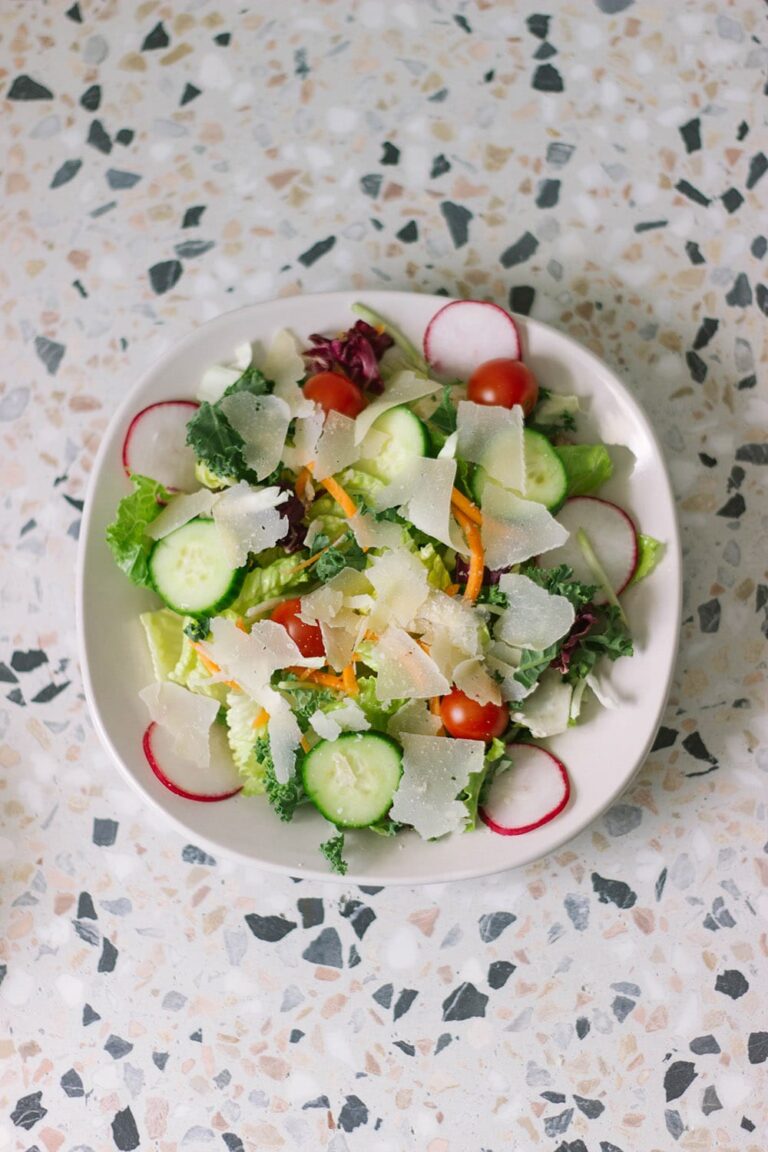12 Supermarket Tricks Most Shoppers Miss, Former Staff Members Say
Ever walked into a grocery store for just milk and bread and somehow walked out with a cart full of things you never planned to buy? You’re not alone. Environmental psychologist, Paco Underhill, in their book “What Women Want: The Science of Female Shopping”, claims that up to 50% of our shopping cart are things we never intended to buy in the first place! The truth is, supermarkets have mastered the art of psychological manipulation, using carefully crafted strategies that former employees know all too well. Let’s dive into the insider secrets that retail workers have revealed about how these stores really operate.
Shopping Carts Are Deliberately Oversized

Here’s something that might shock you: Did you know that shopping carts appeared in 1937 and since then have gradually increased its size? In fact, initially they were intended to facilitate the purchase to customers but gradually the large stores have realized that the bigger they are, the more products can be placed inside. Aside from those planning for a zombie apocalypse, very few people need a shopping cart that large. But here’s the thing: When humans are put in charge of a hole, they have a psychological need to fill it. That’s why the shopping cart has doubled in size and those little carry baskets are intentionally hard to find.
In fact, if the cart is half empty, we leave the store with the feeling that we didn’t buy enough. Former staff members know this trick well because they’ve watched countless shoppers unconsciously fill their oversized carts, feeling almost compelled to justify the size of their shopping vessel.
Eye Level Equals Buy Level
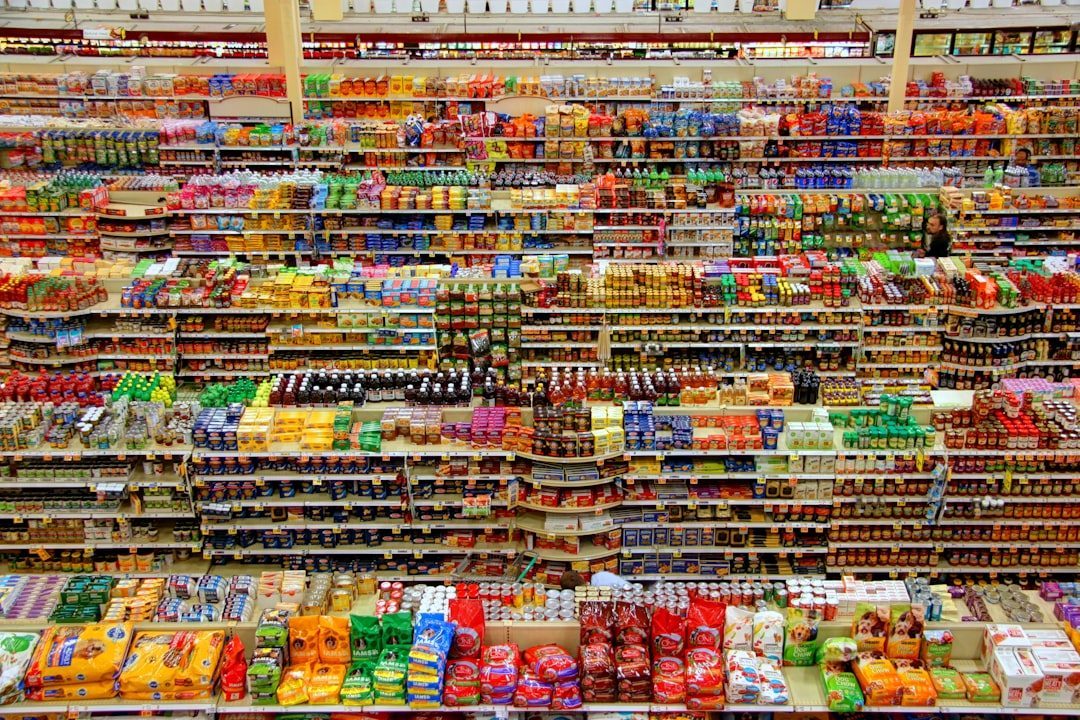
Eye level placement is crucial in supermarkets as it can greatly influence consumer purchasing decisions. Research has shown that products placed at eye level are more likely to be noticed and purchased by shoppers. Supermarkets know full well that “eye level is buy level” and they have companies pay premium profits for it. According to MobileInsight, “brands and manufacturers are often willing to devote up to 50% of their promotional budgets on securing featured display space, including eye level shelf placement.”
Inside supermarkets, the products they want us to buy are located at the height of our eyes. This way we can see them easily. On the contrary, the cheapest items are often at the bottom because we do not usually pay much attention down there. Store employees regularly restock these premium positions, knowing exactly which products generate the highest profit margins.
Essential Items Are Strategically Separated
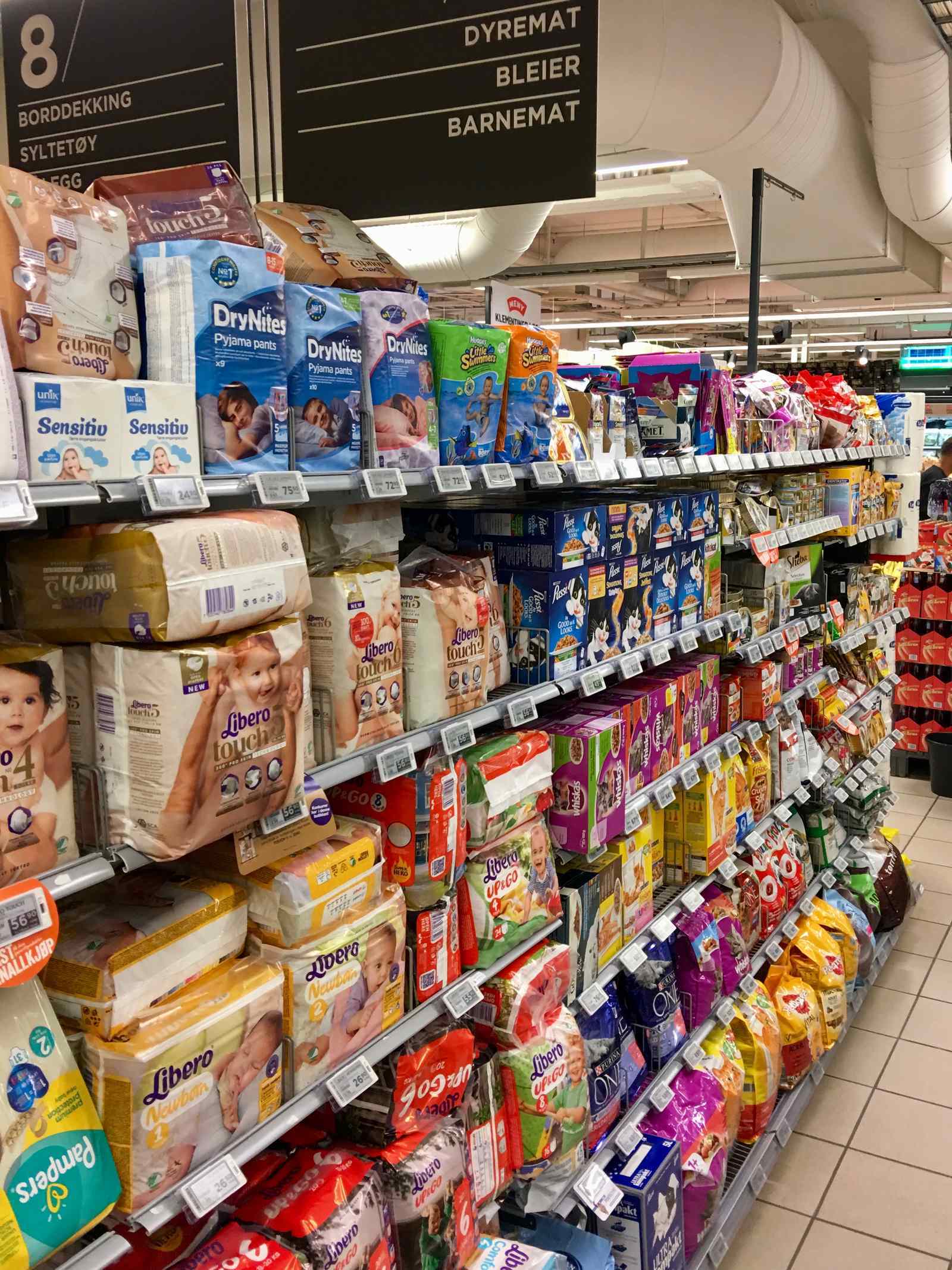
Think it’s an accident that milk, bread, and eggs are scattered throughout the store? Think again. Dairy departments are almost invariably located as far from the entrance as possible, ensuring that customers – most of whom will have at least one dairy item on their lists – will have to walk the length of the store, passing a wealth of tempting products, en route to the milk, eggs, cheese, and yogurt.
The practice of separating “the essentials” in a supermarket is a strategic design decision that plays on the cognitive bias of loss aversion. Loss aversion refers to the tendency of people to feel a greater sense of loss when something is taken away from them, compared to the pleasure they feel when they gain something of equal value. By separating essential items like bread, milk, and eggs from the rest of the store, shoppers are compelled to navigate through the entire store to find the items they need. This increases the chances that they will see other products and make additional purchases, which benefits the supermarket’s bottom line.
The Sensory Welcome Mat
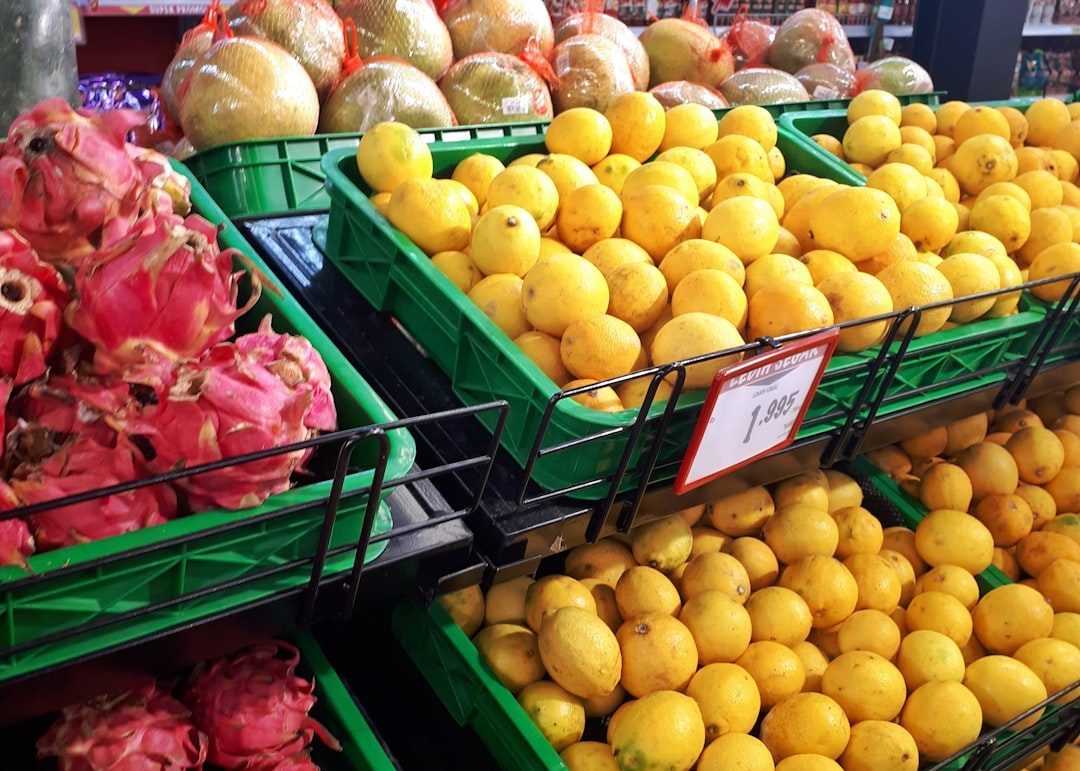
After the one-way front door, the first supermarket feature you inevitably encounter is the produce department. There’s a good reason for this: the sensory impact of all those scents, textures, and colors (think fat tomatoes, glossy eggplants, luscious strawberries) makes us feel both upbeat and hungry.
Similarly the store bakery is usually near the entrance, with its scrumptious and pervasive smell of fresh-baked bread; as is the flower shop, with its buckets of tulips, bouquets of roses, and banks of greenery. The message we get right off the bat is that the store is a welcoming place, fresh, natural, fragrant, and healthy, with comforting shades of grandma’s kitchen. The grocer stimulates your appetite with one of the world’s most-primal intoxicants: the smell of baked bread. It urges you to shop with your stomach, not your budget-conscious brain.
Music Controls Your Shopping Speed

That pleasant background music isn’t just for ambiance. In recent times we can listen to music in every shop or supermarket. It’s not a coincidence, it has been shown that the rhythm of gentle music encourages us to spend more money. Instead, the loudest and rough the music is and more affects sales. The best is classical music because relaxes us, makes us feel good and encourages us spending more money.
A famous study of background music and supermarket shoppers, conducted in 1982, found that people spent 34 percent more time shopping, with a corresponding uptick in sales, in stores that played slower music. Supermarkets also use atmospheric elements like lighting, music, and scent to create a pleasant shopping environment. Soft lighting and slow music can slow down shoppers, encouraging them to spend more time in the store.
Fresh Bakery Items Aren’t Always Fresh
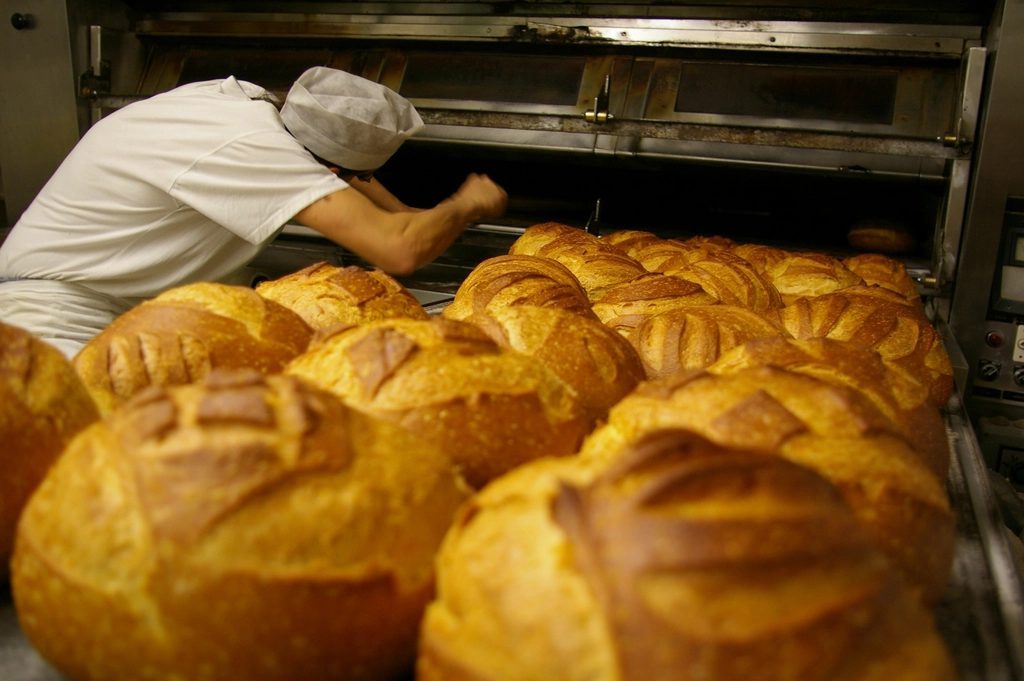
The enticing smell from the in-store bakery is often by design. Many “freshly baked” breads, cookies, and pastries arrive at the store as frozen, pre-made dough or par-baked items. Employees then simply bake them off in ovens. While technically baked fresh on-site, they aren’t usually made from scratch in that location, which is a common misconception.
Former bakery employees have revealed this industry secret, explaining that while the products are indeed heated and finished in-store ovens, the actual preparation happens in industrial facilities. It’s still warm and smells amazing, but it’s not quite the homemade experience many customers believe they’re getting.
Decision Fatigue Is Real and Exploited

In a mock-up supermarket they found that after around 23 minutes, customers began to make choices with the emotional part of their brain, rather than the cognitive part of the brain. Worse still, after 40 minutes – the time taken for a typical weekly shop – they found that the brain gets tired and effectively shuts down, ceasing to form rational thoughts. All of this leaves us ripe for poorer quality spending decisions as we weave our way through the middle aisles, past the 23-minute mark.
Store employees understand this timeline perfectly. They know that after customers have been shopping for about twenty minutes, resistance to impulse purchases dramatically decreases. This is why the most profitable items are strategically placed in the middle aisles where fatigued shoppers are most vulnerable.
Sale Signs Don’t Always Mean Better Deals
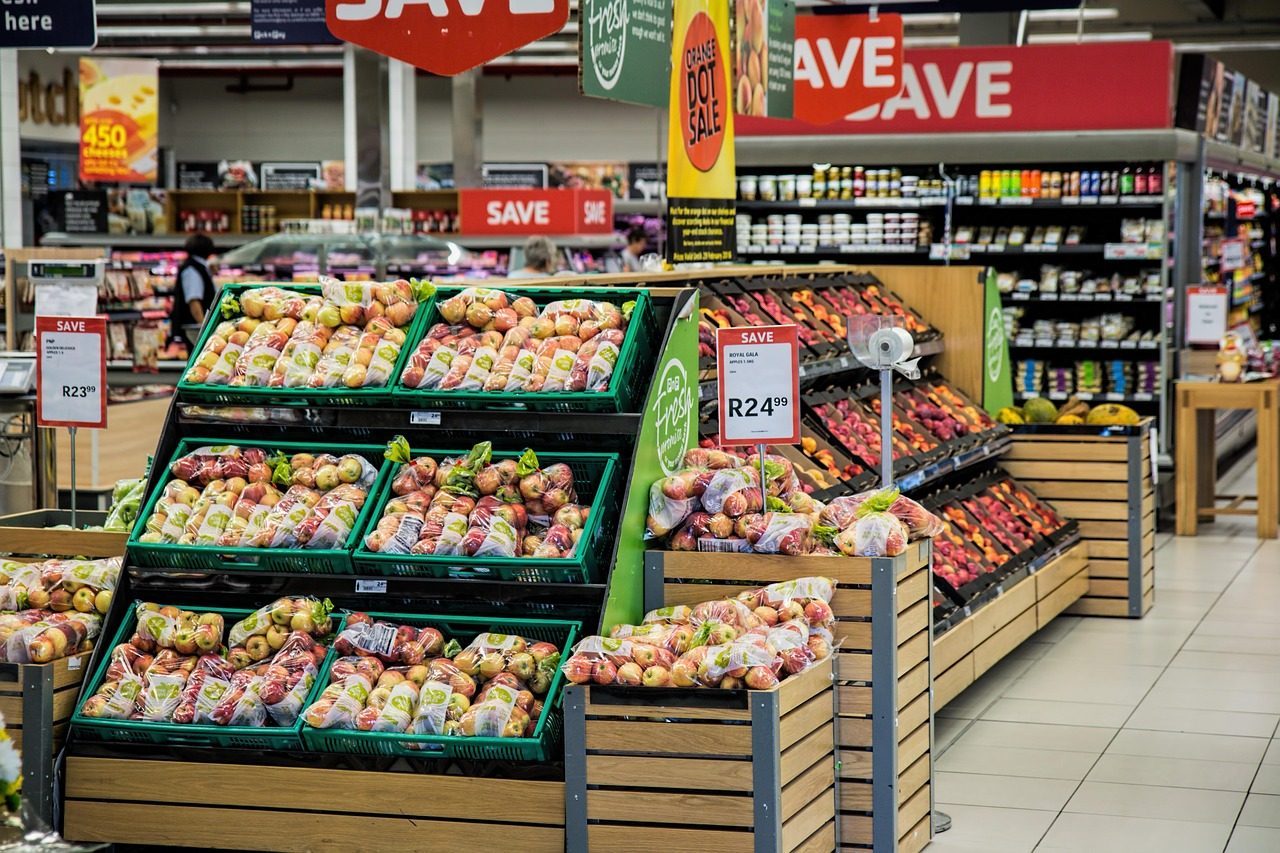
With flashy signs or stickers, it’s hard for your eyes not to go straight to the sale items. This takes your attention away from similar products on the same shelf, which could be cheaper. So although that sticker is saying it’s a sale, there may be a cheaper alternative right in front of you that you’ve been distracted from.
Ten for $10 is an incredible deal, but you don’t have to buy 10 items to get the deal. That’s right – even if you buy three, you only have to pay $3. It’s just another way to trick you into to buying more items! Former employees often watched customers grab ten items thinking they needed to, when a single item would have been priced the same per unit.
Store Layout Changes Are Intentional
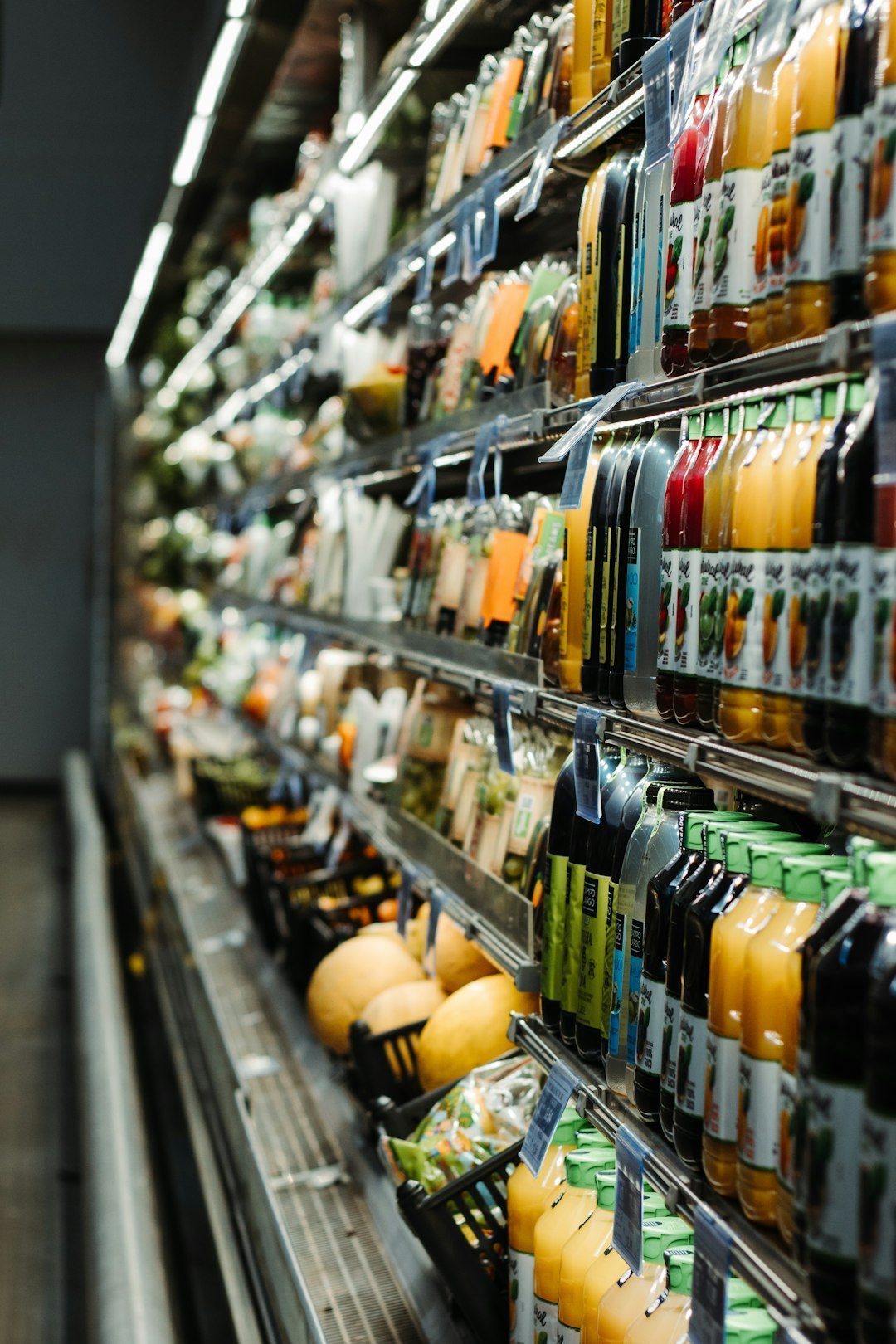
Why, oh why! Up until now you knew the grocery store layout like the back of your hand and could speed around it and get all your shopping done super quick. Do supermarkets do this on purpose? Short answer: yes!
Staff members are often the ones implementing these layout changes, and they know exactly why products get moved around. When you can’t find your usual items quickly, you spend more time browsing, which translates to more purchases. It’s frustrating for customers but profitable for stores.
Checkout Areas Are Impulse Purchase Gold Mines

Once you have finished shopping and got to the register to pay, usually you have to wait a bit. Meanwhile you see candy, magazines, energy bars, batteries and chewing gums, the type of product that usually you do not have in mind when you go out for shopping. Interestingly, they also have very high prices, but you buy them because you think maybe you need it, or because children convince you.
They can make a dent in your food bill, especially batteries and other ‘essential items’ – The margin on batteries and SIM cards is enormous; it’s no coincidence they are by the till; we’ve all thought, oh, I might need some batteries, I will get some while I think about it… Kerching for the supermarket, ouch for your wallet! Former cashiers know these items have some of the highest profit margins in the entire store.
Yellow Sticker Timing Is Strategic

The butchery, delicatessen and instore bakery departments typically reduce to 80% off at around 7 pm but can be a little earlier depending on staffing numbers and the number of goods that need to be reduced. If there is a more significant amount of goods to be reduced, they may reduce the products down to 90% off, but that’s less likely, as the stores try and protect their margin in those areas if they can.
Try shopping around 9 a.m. – that’s when meats and produce are marked down the most. Also, go around an hour or two before the store is closed for a statutory holiday; they reduce so much product, even premade meals and other perishables. Employees who worked in these departments know exactly when markdowns happen and which days typically have the best selection of reduced items.
Self-Checkout Psychology
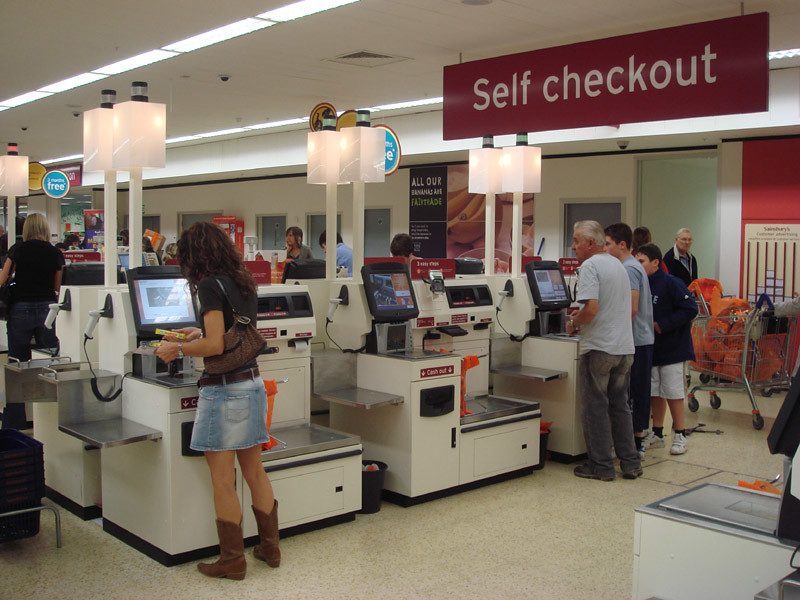
Here’s something that might surprise you about those self-checkout machines. Research shows shoppers who use self-checkout lanes are more likely to stick to their shopping list and make fewer impulse purchases. One study found that women made around 32 percent fewer impulse purchases and men around 17 percent fewer impulse purchases when using self-checkout instead of staffed lanes. Bottom line: Ring yourself up if you have time.
Former employees have observed this phenomenon firsthand. When customers interact with human cashiers, they tend to feel more relaxed and social, which opens them up to last-minute impulse purchases. The self-checkout process keeps shoppers more focused and task-oriented, reducing those spontaneous additions to their purchase.
The next time you enter a supermarket, remember these insider insights from former employees. The average consumer spends an estimated $282 per month on impulse buys in 2024 for an annual total of $3,381. Also in 2024, the average consumer made an estimated 9.75 impulse buys per month for an average of $28.90 each. Armed with this knowledge, you can resist the psychological tricks and stick to your shopping list. What surprised you most about these supermarket secrets?

